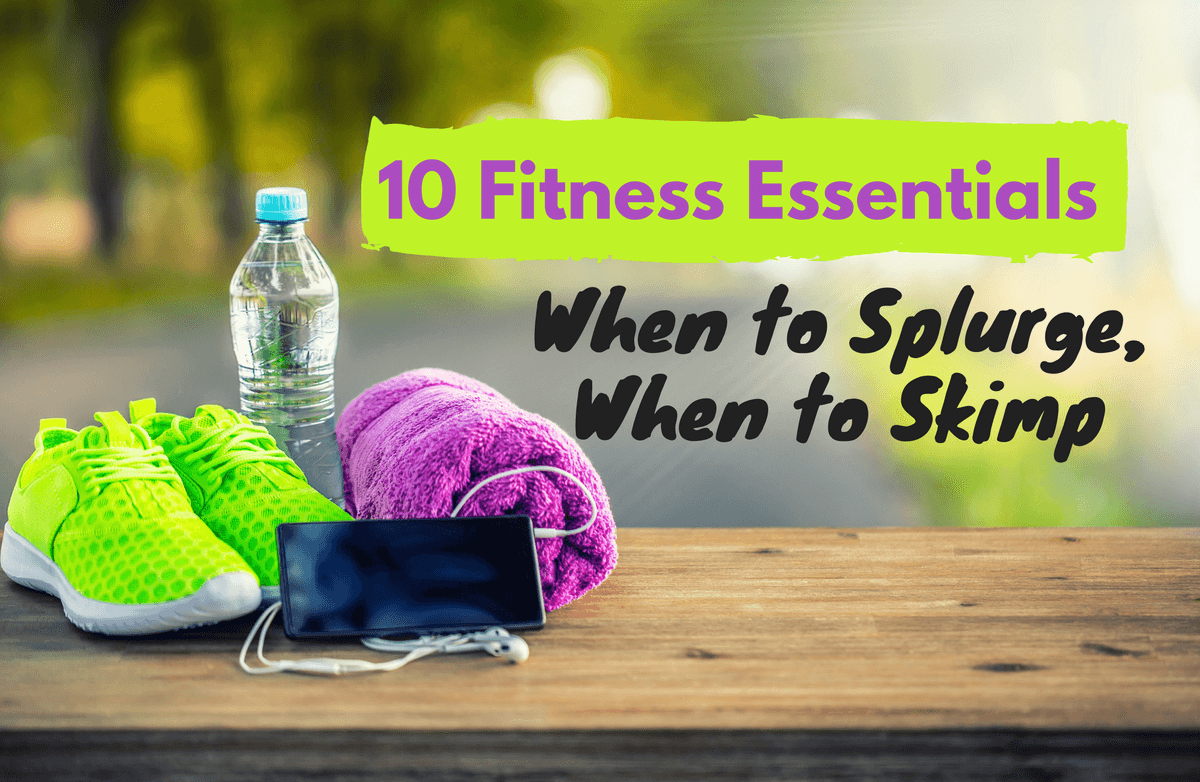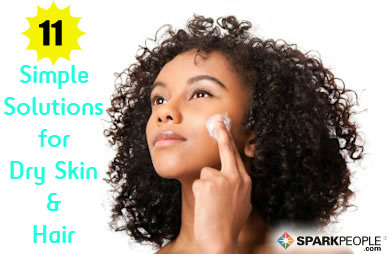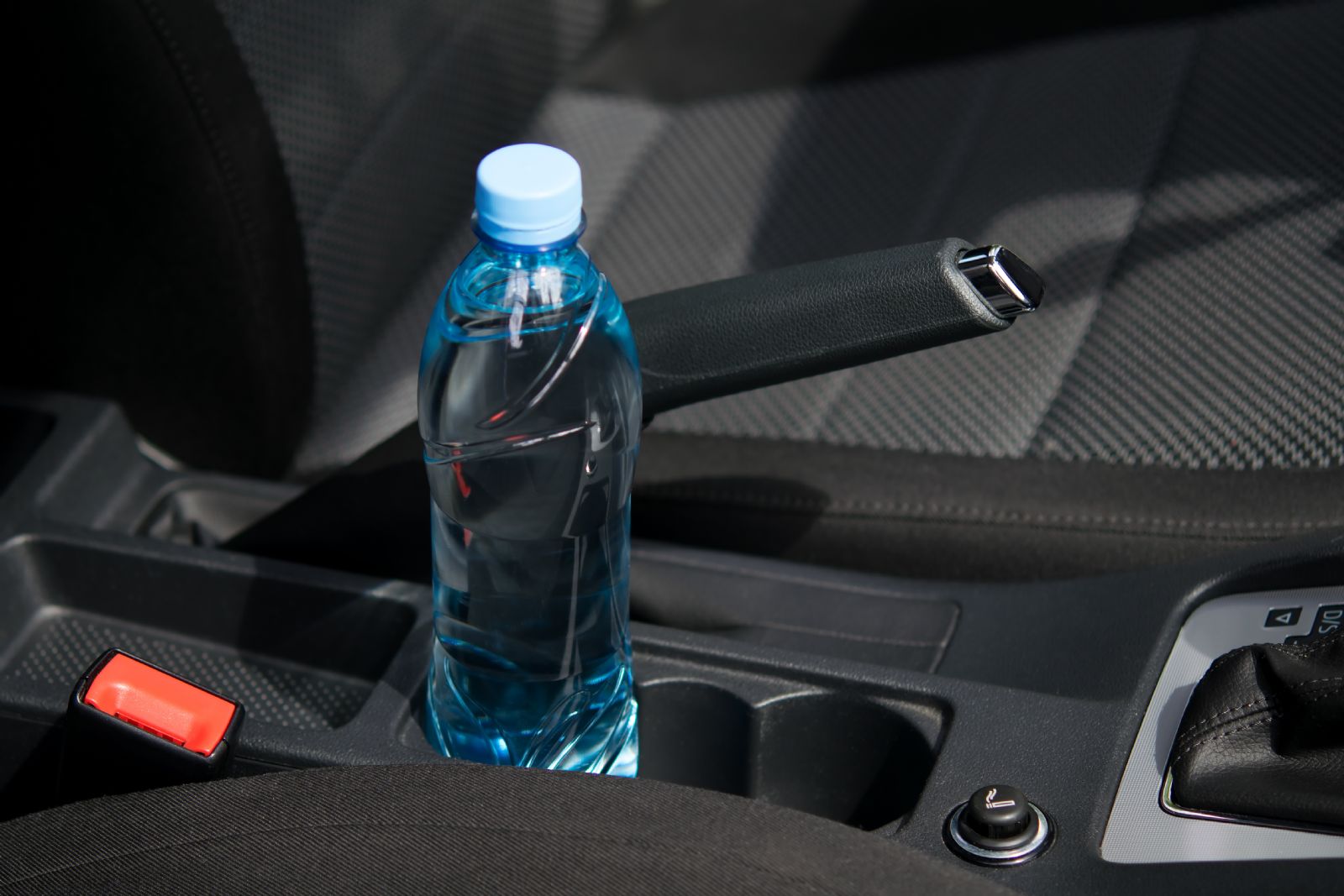|
Before you jump into the pool less than an hour after eating, you may want to read this. Below, the experts weigh in on whether it’s OK to go straight from noshing to swimming, plus two other popular beachtime beliefs. “Jellyfish sting? Pee on it!” False. The notion behind this old wives’ tale—that you need something to neutralize the painful jellyfish toxin—is correct, but urine doesn’t work. The best remedy, according to the Red Cross, is to soak the wound in vinegar, rubbing alcohol or a combination of baking soda and seawater (don’t use drinking water, which can activate the toxins and increase the pain). Don’t rub the wound, either (that will spread the toxin). Call 911 if you have a history of allergic reactions or if you start to have trouble breathing. “Getting a base tan before vacation will protect you from a sunburn.” False. Any tan is a sign of sun damage. Plus, “having a base tan is barely the equivalent of wearing SPF 4,” so it won’t do much to prevent a burn, says D’Anne Kleinsmith, MD, spokes woman for the American Academy of Dermatology. The best way to avoid turning lobster-red? Lather on a sunscreen with SPF 30 or higher and reapply at least every two hours. “Don’t swim after you eat or you’ll get cramps.” Partially true. If you just devoured a large meal, then wait at least 30 minutes, says Laura Knobel, MD, a member of the board of directors of the American Academy of Family Physicians. Here’s why: After you eat, your body sends more blood to the digestive tract to help break down food, meaning there’s less blood being diverted to the muscles you need to swim. Only had a light snack? Feel free to dive right in. Stories you might like: Did you believe any of these myths? Provided photo |
More From SparkPeople
|














